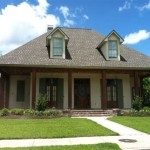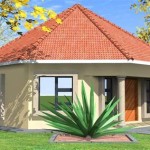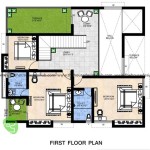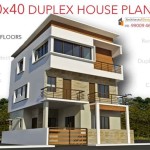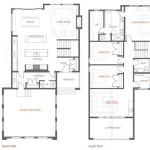Essential Aspects of Hot House Construction Plans
Building a hot house can be a rewarding project that allows you to cultivate plants year-round, regardless of the climate. However, before you start construction, it's essential to have a well-planned design to ensure the success and longevity of your hot house.
Site Selection
The location of your hot house is crucial. Choose a site that receives ample sunlight, is well-drained, and protected from strong winds. Consider the orientation of the hot house to maximize solar gain and minimize heat loss during the winter.
Foundation
A strong foundation is essential for a hot house. It should be designed to support the weight of the structure and prevent settling. Options include concrete slabs, gravel beds, or block foundations. Ensure the foundation is level and slopes away from the hot house to prevent water buildup.
Frame and Covering
The frame of the hot house provides support for the covering. It can be made from wood, metal, or PVC pipes. The covering material should be transparent to allow sunlight to enter while insulating the interior. Common materials include polycarbonate sheets, polyethylene film, or glass.
Ventilation
Proper ventilation is vital to prevent overheating and disease. Install vents along the sides and roof of the hot house to regulate temperature and humidity. The vents should be adjustable to accommodate changing weather conditions.
Heating System
To maintain a warm environment during cold weather, you will need a heating system. Options include passive solar heating, electric heaters, or radiant floor heating. Choose a system that meets the specific needs of your hot house and climate.
Cooling System
During hot summer months, cooling may be necessary to prevent heat stress on plants. Install fans or shade curtains to circulate air and reduce temperatures. Evaporative cooling systems can also be effective in dry climates.
Irrigation System
Plants in a hot house require regular watering. Install an irrigation system that provides consistent moisture to all plants. Consider using drip irrigation or soaker hoses to minimize water waste and prevent overwatering.
Other Considerations
In addition to the above aspects, consider the following factors when planning the construction of your hot house:
- Accessibility: Ensure the hot house is easily accessible for maintenance and harvesting.
- Size: Determine the size of the hot house based on your plant needs and available space.
- Structural integrity: Design the hot house to withstand wind loads and snow accumulation.
- Aesthetics: Consider the appearance of the hot house and how it complements your property.
By carefully considering these essential aspects, you can create a functional and efficient hot house that will provide a thriving environment for your plants.

Hot House Plans Houseplans Blog Com

Sample Htm Open Floor Plans With Discussion Of Your Many Options The Natural Home

Floor Plan Of The Greenhouse Scientific Diagram

Hot House Plans Houseplans Blog Com

Villa Visola House Plans Home By Archival Designs Blueprints Luxury Floor

Floor Plan Greenhouse Home Deco Plans House 96539 Small

Hot House Plans Houseplans Blog Com

Passive Solar House Plans For Our Off Grid Homestead Byexample Com

House Plan 5565 00037 Contemporary 4 173 Square Feet Bedrooms 5 Bathrooms Southern Dream Plans New

Walkout Basement Contemporary Style House Plan 6630 The Sunset

